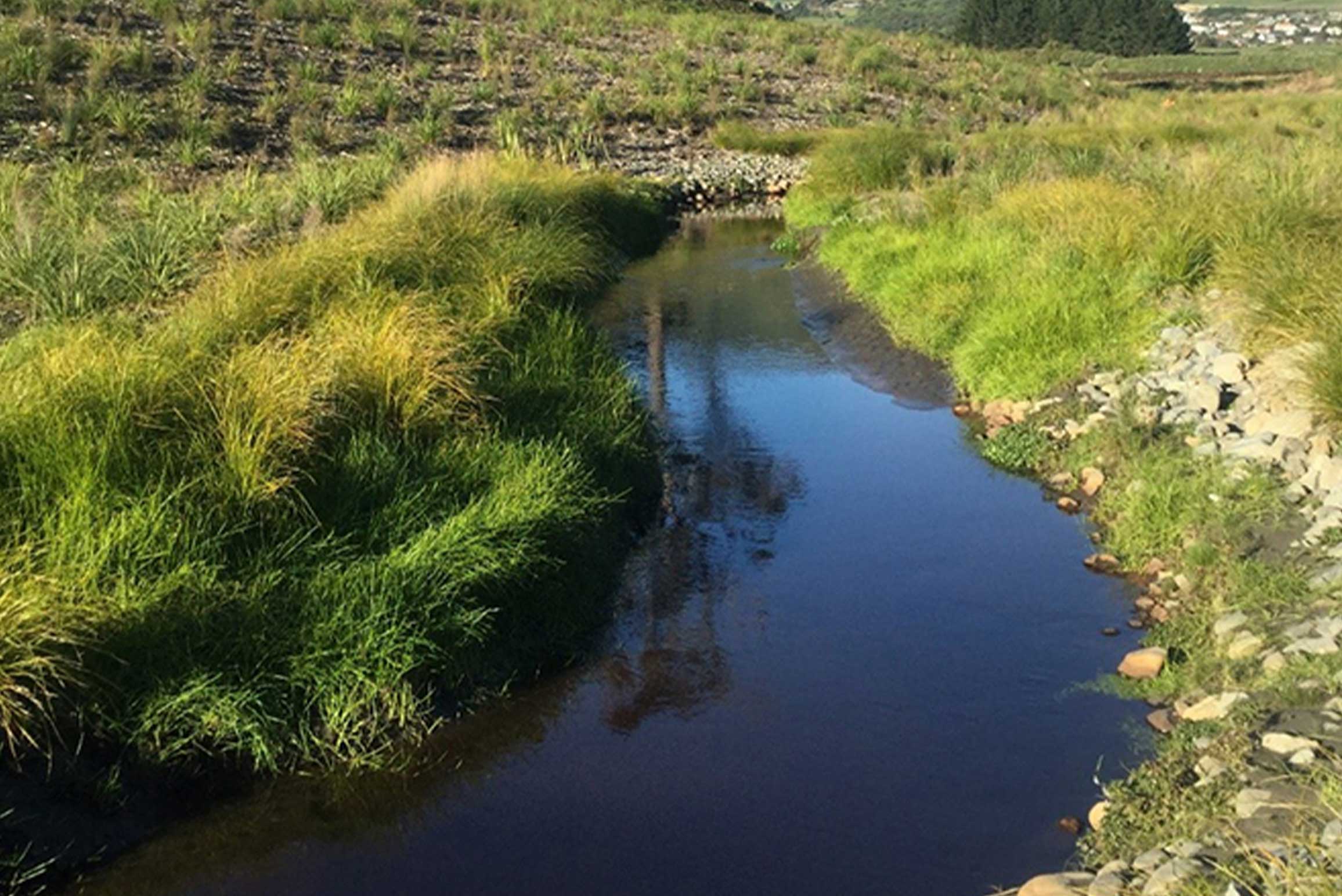How are changes to the classification and management of rivers and streams in the Proposed Auckland Unitary Plan likely to affect landowners and developers?

Boffa Miskell ecologists and planners are assisting a range of clients to understand how client projects might be affected and how good development and freshwater outcomes can be achieved through good design.
Under the proposed provisions, watercourses will be reclassified as either permanent, intermittent or ephemeral, with new assessment guidelines being developed.
“A key change is that the new rules don’t differentiate, as they did before, between activities such as reclamation in permanent and intermittent streams,” says Boffa Miskell planner, Sean Grace.
“Furthermore, although ephemeral streams are exempted by those rules, our ecologists have found in their field work, that ephemeral reaches (where water flows for only short periods during and after rain events) are often, in fact, wetlands.
“Wetlands are subject to the proposed rules, so this means that many activities in places where water flows – whether occasional or not – will require resource consent. For example, reclamation of wetlands has the same non-complying activity status as that for permanent and intermittent streams. Achieving a balance between this higher level of protection and the region’s housing and development objectives is a significant issue.”

According to Boffa Miskell ecologist and Principal, Eddie Sides, thorough site assessment and sensitive design can provide ‘win-win solutions’ that see land developers achieve their objectives whilst also protecting and enhancing stream and wetland values.
“We advise our clients to have the ecological values of their land, including freshwater values, comprehensively assessed very early in their land development planning and design process,” Eddie says. “That way, we can identify any stream and wetland areas likely to be affected by the planning provisions, assess the implications and consider options for avoiding, or mitigating potential effects and also identifying opportunities for enhancing ecological values. That groundwork feeds into the design process.”
Eddie also advocates early and proactive engagement with the Council so that issues can be discussed and resolved during project planning, which in turn facilitates the consent process. This engagement is especially important in the current transition period between the operative and proposed plans, when the rules are changing and new practice such as criteria for stream assessment is being developed.
“It’s worth remembering that while streams and wetlands can be regarded as a constraint to development, they can also be an asset if incorporated sensitively into site design by, for instance, improving a site’s amenity values and providing ecological services, such as stormwater retention.
“We find that, by bringing together our planning, design and ecology expertise, we can help clients to achieve good yields from their land whilst also complying with high freshwater protection standards.”

